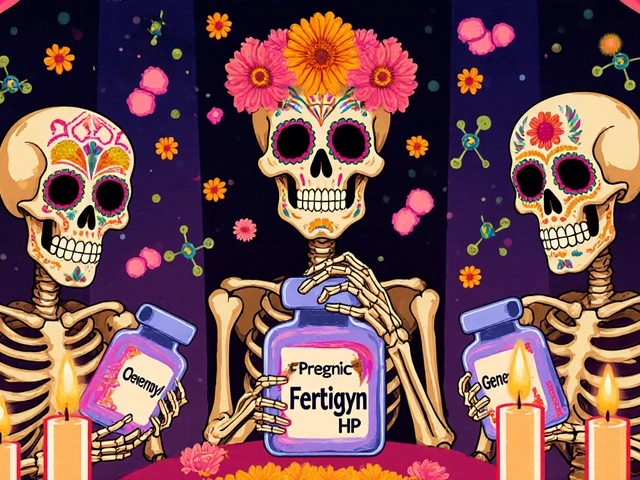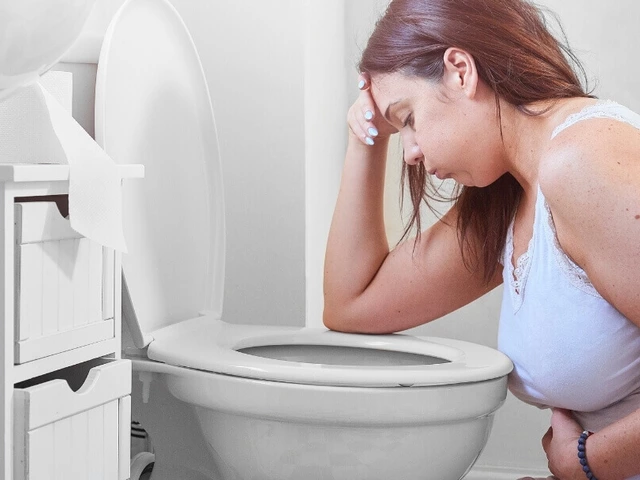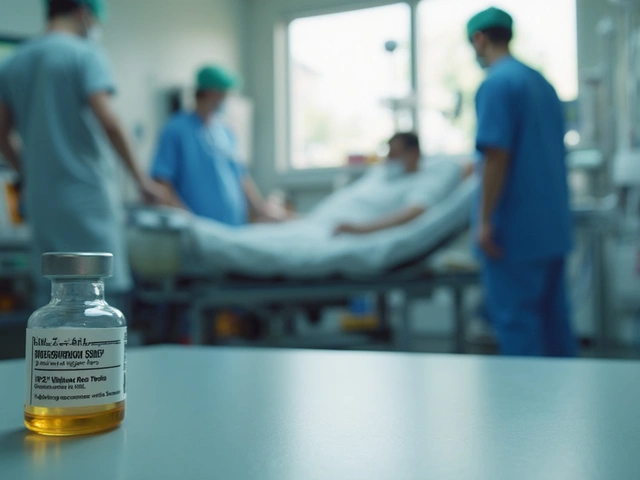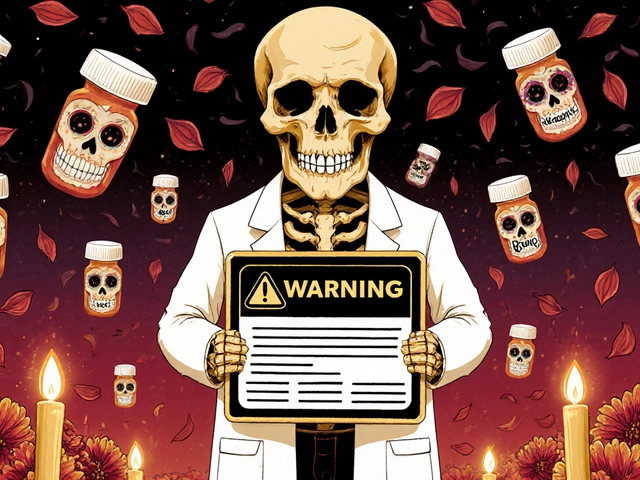Acne Treatment: Simple, Effective Steps That Work
Got a breakout and want it gone fast? Start with a short, consistent routine that targets oil, dead skin, and bacteria. Clean skin twice a day with a gentle cleanser—no scrubbing. After drying, use a product with 2.5–5% benzoyl peroxide or 0.5–2% salicylic acid on problem areas. These reduce bacteria and unclog pores without prescription for most people. If your skin is dry, use benzoyl peroxide every other day and add a light, non-comedogenic moisturizer.
Don't overload. Drop products that irritate and give each step at least four to eight weeks. Acne meds need time to work. Track changes with photos so you can tell what helps.
How to start an acne routine
Morning: wash, apply a lightweight moisturizer, and use sunscreen—important if you use acne treatments that make skin more sun-sensitive. Evening: cleanse, apply an active treatment like retinoid or benzoyl peroxide, then moisturizer. If you use both benzoyl peroxide and a topical retinoid, use them at different times—peroxide in the morning and retinoid at night—to avoid weakening the retinoid.
Hands-off is a rule. Popping raises infection risk and scarring. Try a hydrocolloid patch for isolated pimples; it protects and speeds healing.
Medication options and safety
Over-the-counter choices include benzoyl peroxide, salicylic acid, and adapalene 0.1% gel. Prescription options are topical retinoids at higher strength, topical or oral antibiotics, hormonal treatments for women like combined oral contraceptives or spironolactone, and isotretinoin for severe cystic acne. Oral antibiotics should be short-term and paired with a topical to avoid resistance. Isotretinoin works well but needs blood tests and contraception counseling.
Buying meds online? Use only verified pharmacies and keep prescriptions. Avoid sites that promise miracle cures or ship without a prescription. If unsure, ask a pharmacist or book a telemedicine visit.
When to see a dermatologist: If acne leaves painful nodules, scars, or doesn't improve after three months of consistent treatment. Early treatment lowers scarring risk and gets you results faster.
Small changes add up: switch to cotton pillowcases, avoid heavy makeup, wash sweat off after workouts, and eat balanced meals. No single food causes acne, but high sugar and dairy sometimes make skin worse for some people—track how your skin reacts.
Want help building a plan? Save photos, note products and timing, then bring that to a pharmacist or dermatologist. A clear start-to-finish plan usually cuts flares faster.
Common side effects are dryness, redness, and mild peeling. If irritation is severe, stop the product and see a clinician—sometimes changing the strength or frequency fixes it. Pregnant or breastfeeding? Avoid retinoids and isotretinoin; talk to your doctor about safer options. Remember sleep, stress management, and staying hydrated support skin health. Patience pays off: most people see noticeable improvement in 8–12 weeks with the right plan. If you want, we can point to trusted products and verified online pharmacies to buy essentials safely.
Start small, track progress, and ask for help when needed. Good skin care is consistent care, not quick fixes. You can do

Learn how to safely purchase cheap generic isotretinoin (Accutane) online, understand risks, verify pharmacies, compare costs, and get practical buying steps for 2025.
Chris Gore Sep 27, 2025
A recent study reveals isotretinoin's effectiveness in treating acne caused by gender-affirming hormone therapy. While it shows notable success, barriers like strict iPLEDGE adherence and concerns about side effects persist. Researchers call for more studies to optimize treatment and ensure better care for transgender and gender-diverse individuals.
Chris Gore Jul 26, 2024




